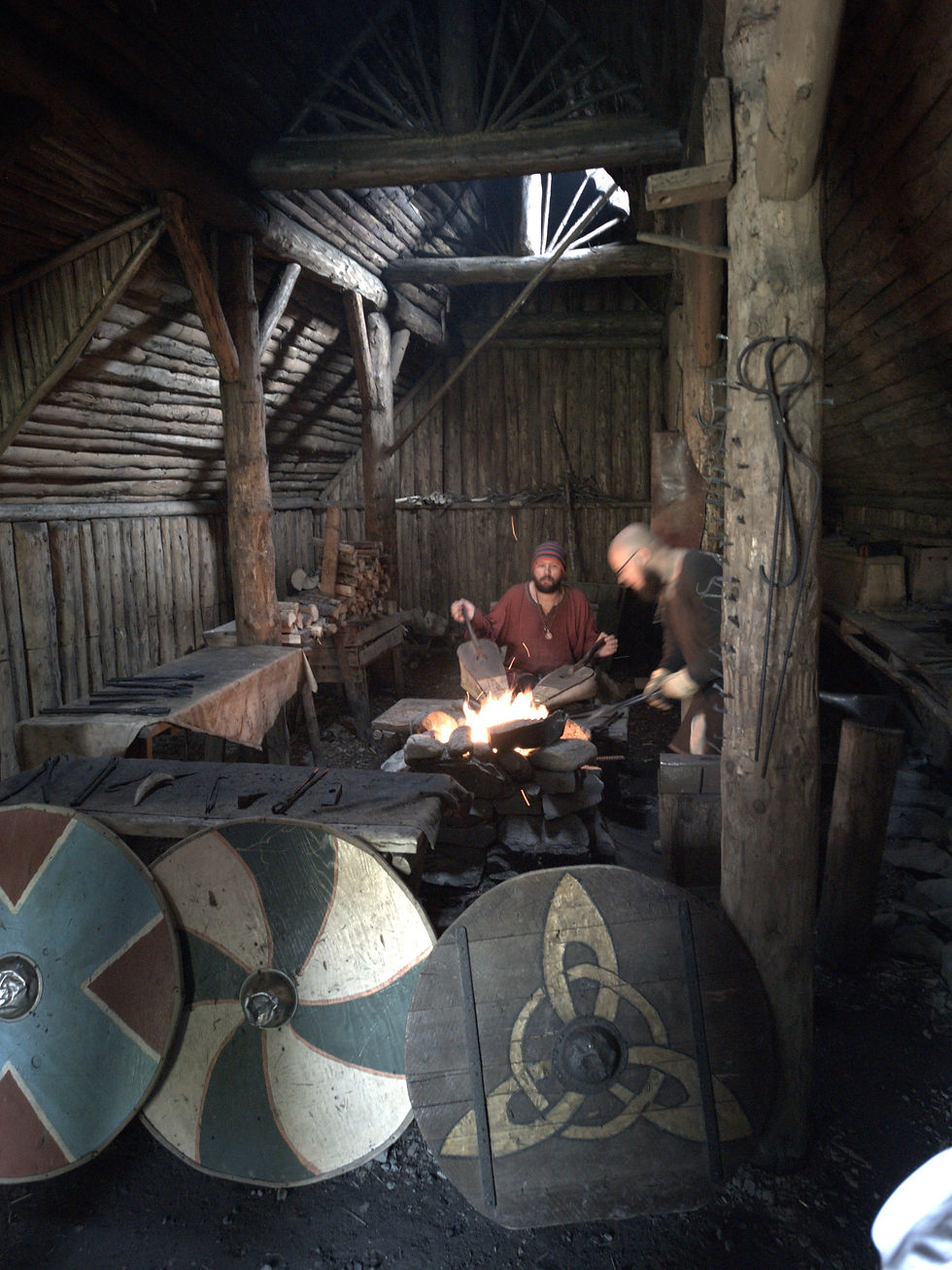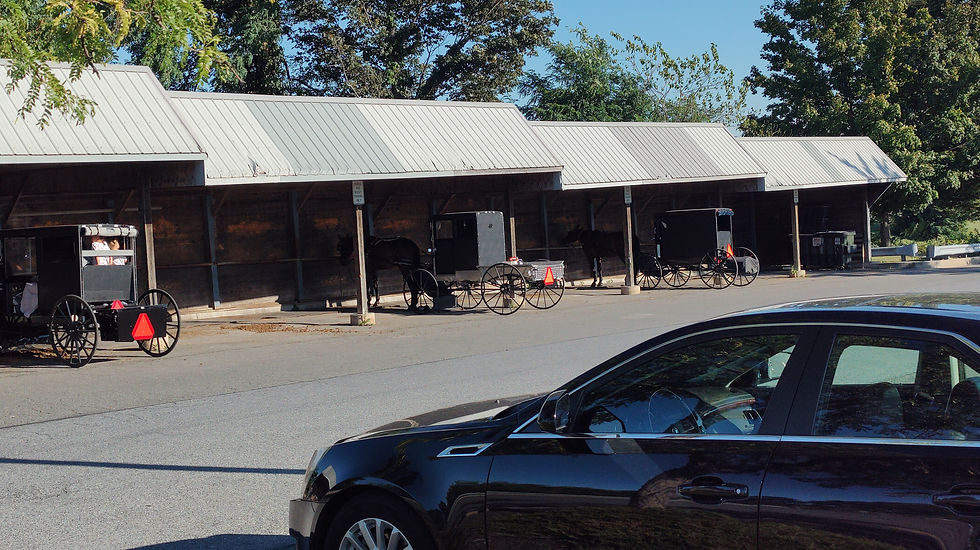Finally, A Reliable Internet Connection And Vikings.
- jsbergauer1
- Jul 31
- 4 min read
As we are setup in St. Johns, I realized it has been a couple of weeks since I was able to update my blog since our time in Port Aux Choix. Our travels have taken us up the western arm of Newfoundland to St. Anthony and L'Anse Aux Meadows. Back down the arm to Rocky Harbor, east to Twillingate, then up the eastern arm to Bonavista and down to St. Johns. I have tried to post a few pictures on Facebook and now, hopefully, I can fill you all in on our travels and what we learned and saw.
First, St. Anthony, Newfoundland is at what could be considered the northern most tip of Newfoundland. It is on a peninsula that is termed "Ice Berg Alley" since a lot of the ice bergs from Greenland slowly make their way down here. The bergs take anywhere from one to two years to make the trip depending on the wind and current. Unfortunately, we are a little to late in the year to see any big and impressive bergs and the only one we actually saw was with a spotting scope and was quite small. Other than that, the area we are in is home to the only verified location of a Viking settlement in North America.

The interpreter at the L'Anse Aux Meadows Interpretive site has traced his family lines back to the Viking and his ancestors may have sailed with Lief Erickson to North America. The settlement was actually a commercial venture for lumber and timber. It was occupied for a period of 10 years or so off and on.

This working longboat is a replica of the viking ships that were sailed to Newfoundland by Lief Erickson and his crews. This was was built based on the designs of other viking boats that have been discovered and was indeed sailed from Greenland to Newfoundland. The voyage took 80 days for an untested crew. The same voyage was said to have taken Lief Erickson about 9 days with half the crew but all skilled seamen. All the buildings at the Interpretive Park are replicas of buildings that were built by the vikings.

Bow of the ship that shows the craftsmanship of the builders to withstand the North Sea. The vikings would have sailed to Newfoundland, cut timber, stack it to dry and finally load it on the ship for the trip back to Greenland. This could not be done in one sailing season so workers would stay through the winter and sail as soon as the ice cleared.
The viking ruins, as they were, indicated that not only men were here but so were women and children. Everything was made by hand including the weapons and other metal items. The peat that is found here has deposits of iron in it that can be found by digging down one foot and in one foot on the bank of a stream. This deposit would then be smelted and used to make nails and weapons. One smelting session was said to have needed an acre or more of trees to provide the coke used in the smelting process. The blacksmith was considered the most valuable and desirable bachelor of all the trades. He would have been the wealthiest and would have died earlier than others due to his constant exposure to smoke and fumes.

A single smelting would produce a chuck of malleable iron about the size of a large softball and was enough for about 100 nails or a couple of knife blades, or an axe head. There is some indication from artifacts found at the site, that the vikings did have contact with the nomadic tribes that have used this area for centuries. The sagas mention skirmishes with the local "Skraelings" (Indigenous peoples) was one of the reasons that this settlement was not made permanant. In one writing, it is mentioned that the vikings shared milk with the indigenous people, who were lactose intolerant, this resulted in them becoming sick and blaming the vikings for trying to kill them.

The sculpture at the entrance of L'Anse aux Meadows, titled "Meeting of Two Worlds," was created by Luben Boykov and Richard Brixel. Boykov is a Newfoundland immigrant, while Brixel is a Swedish sculptor. The sculpture was commissioned to commemorate the millennium anniversary of the Viking arrival in Newfoundland. If you notice, they are not connected since the two peoples did not come together. The one on the left is for the vikings while the one on the right is for the indigenous people. L'Anse Aux Meadows is a UNESCO World Heritage site.

This gentlemen was the host for our Viking dinner. It was held in a replica great hall and after dinner we were asked to vote on three "disagreements" that needed to be decided. It was patterned after what is considered to have occurred in Viking settlements, similar to a small claims court. In addition there would be dancing and some singing. The buffet was an all you can eat of Moose Stew, Jiggs Dinner, roasted root vegetables, baked cod and greens. A Jiggs dinner is similar to corned beef and cabbage except salted pork is used and turnips are added. The moose stew was excellent and required that I return for a second helping!
We then loaded up our rigs and headed back down the same road to Rocky Harbor and Gros Morne Park, another UNESCO World Heritage Site. So pack up and come with us.



Comments